InFocus Podcast
Subscribe to the InFocus podcast and listen to other episodes here
Apple PodcastsSpotifyGoogle PodcastsAn average family of five people who have status cards could be more than $25,000 richer each year if treaty annuity payments were based on today’s land values.
Currently, treaty people with status cards get $5 a year based on land values from the 1800s – that’s $25 if you’re a family of five.
That same land is worth $5,000, based on land values from 20 years ago when a report on modernizing treaty annuities was penned and has been collecting dust since 2004.
Sheilla Jones was part of the treaty Annuity Working Group and believes now is the time to dust it off and have a conversation as part of a broader discussion about how Indigenous affairs departments have little positive effect on the lives of First Nations and Inuit people despite $20 billion in annual spending by Crown-Indigenous Relations and Indigenous Services Canada and their co-delivery partners in other government departments.
“With jurisdictional reach over 90 per cent of Canada’s land mass through the historic and modern treaties, (Indigenous affairs departments) have enormous range and influence across the country,” Jones said, pointing out based on federal funding, Indigenous affairs is third, behind Quebec and Ontario in terms of per-person spending. In essence, she said, it’s like a massive super-province.
“But unlike any province, not a single person is elected to represent the interests of ordinary Indigenous people despite the fact in many cases, especially for First Nations living in First Nations communities on reserves, a department that controls almost every aspect of their lives from birth to death.”
In a paper published by the Frontier Centre for Public Policy, Jones says instead of pennies on the dollar trickling down to First Nations people through the bloated bureaucracy of government, that cash should flow directly to every status card-holding man, woman and child in Canada, regardless if they’re from communities that signed treaties.
It would have an immediate effect on “grinding poverty, social pathologies, and despair and hopelessness plaguing so many First Nations communities in Canada” according to the Treaty Annuity Working Group report, which recommended paying the annuity out on a monthly basis similar to how the Canada Child Benefit is paid out monthly.
Jones has written a book on the idea, called Let the People Speak: Oppression in a time of reconciliation, which comes out in June.
Jones said with more people than ever before wondering what can and should be done in the spirit of reconciliation, the time is right to consider turning the current system upside down.








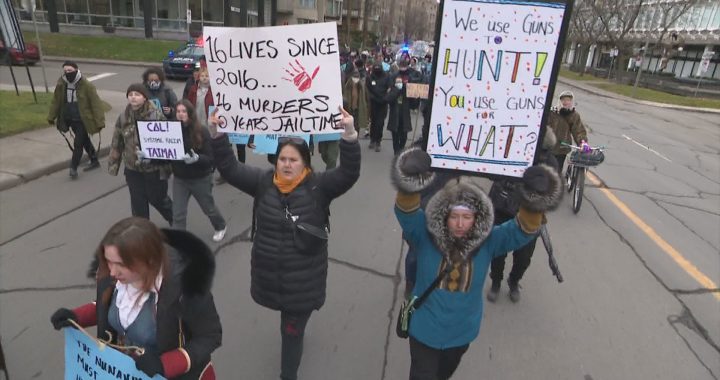
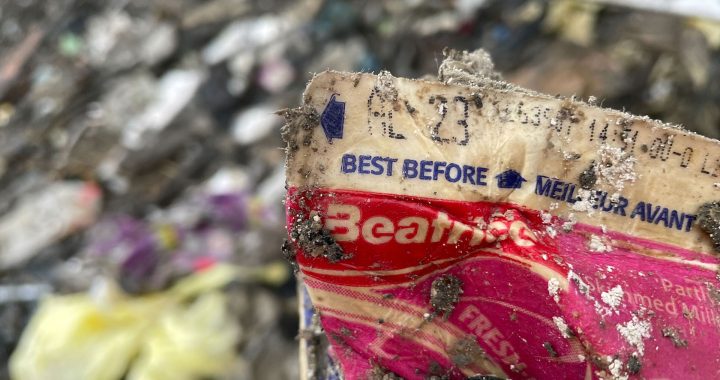
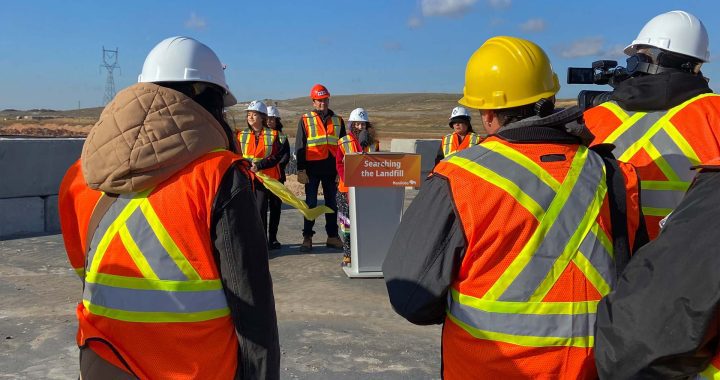
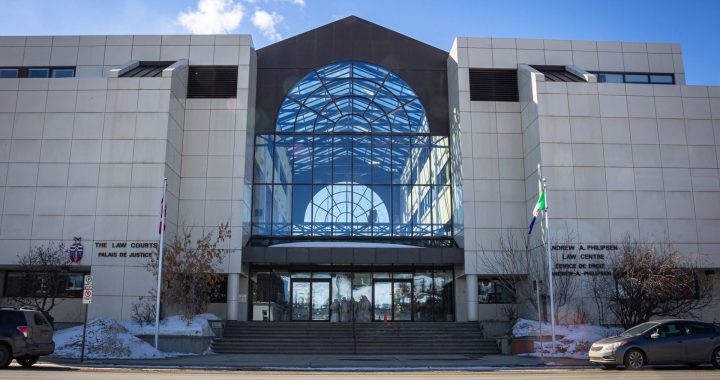
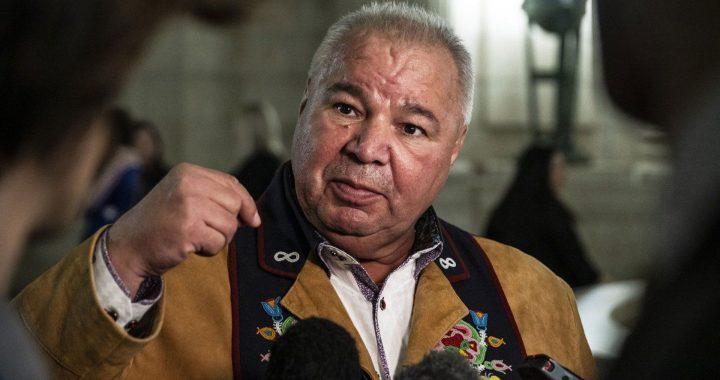

it would be nice to be able to spend our own money. i think we would buy water and schools…the indian act says the govt. gets to hold all monies earned by first nations reserves….minerals, timber, fishing, farming….all the rent is owned by first nations but the indian says the govt. get to say how it spent , where its spent, and what its spent on…for our own good. a law written in the 1800s protecting the ignorant little savages is no longer needed….but they dont want to give up the hold they have on that money…i think they spent it already on themselves and non native canada.
Returning lands illegally taken from Indigenous peoples is a major step to reconciliation.
This is such valuable information for Canadians to have. I’m looking forward to reading this book. Letting the funds trickle down to the people (without involving all of the leech elements) will ensure people can make choices that will better their living conditions. Establishing current treaty land values is also brilliant and something that has needed to be established for a long time now. Thanks for putting this important information together!
I love this. Sheilla is shining a light on the root of the problem AND providing a solution. Def gonna read this book….already pre-ordering actually.
And what about those of us thanks to colonization of the Indian Act who don’t have status????? This is lateral violence at its systemic finest.